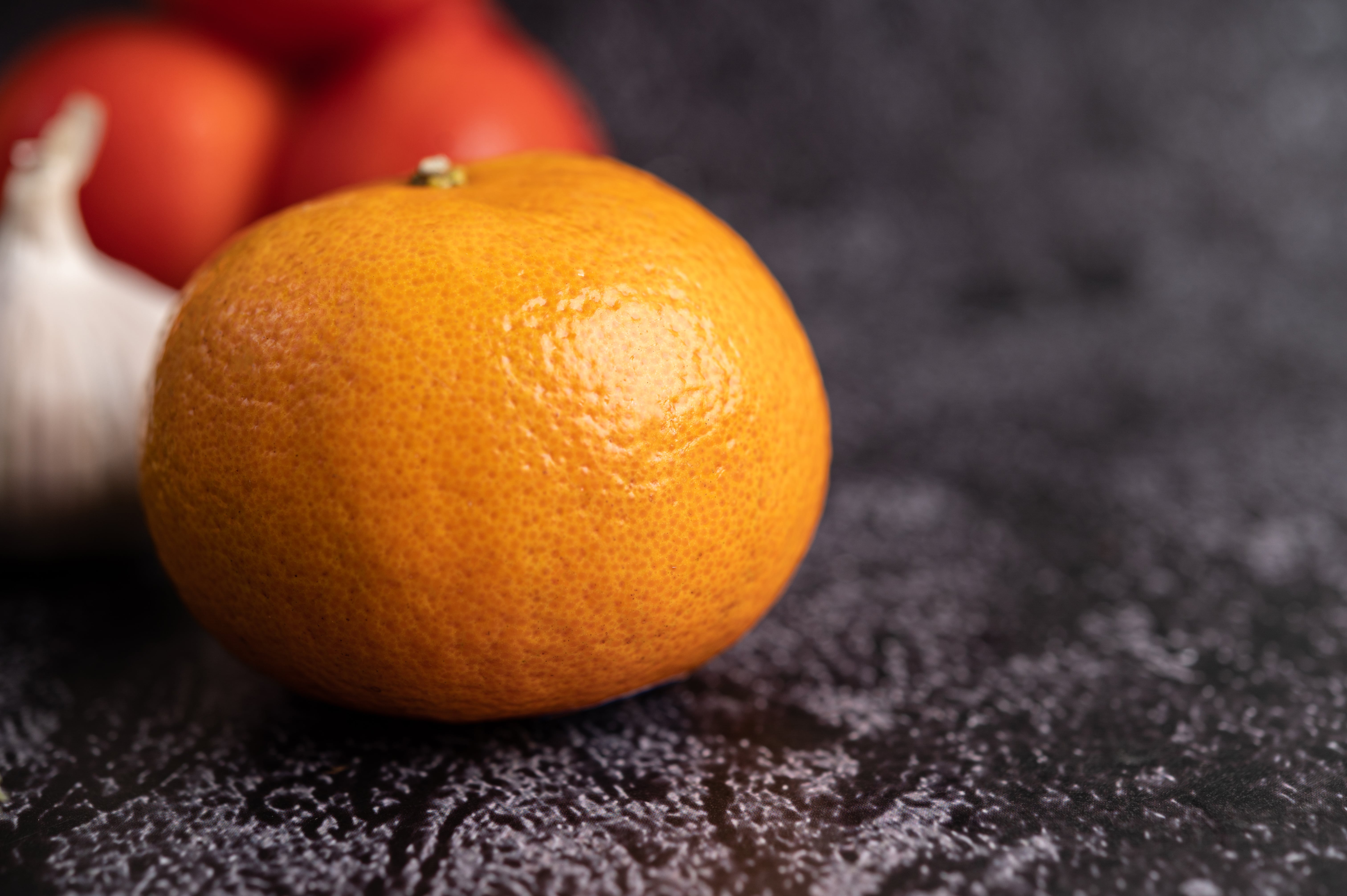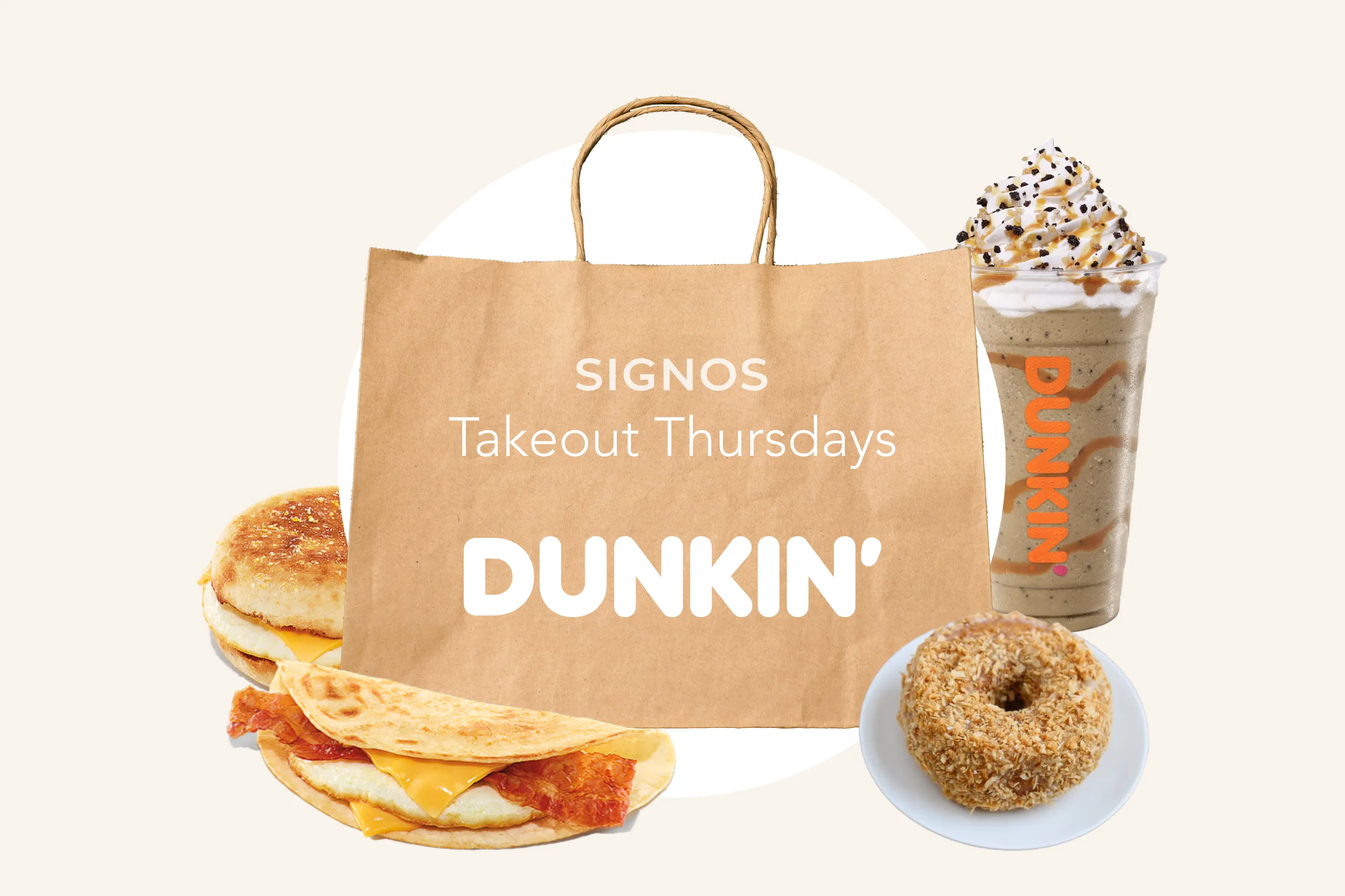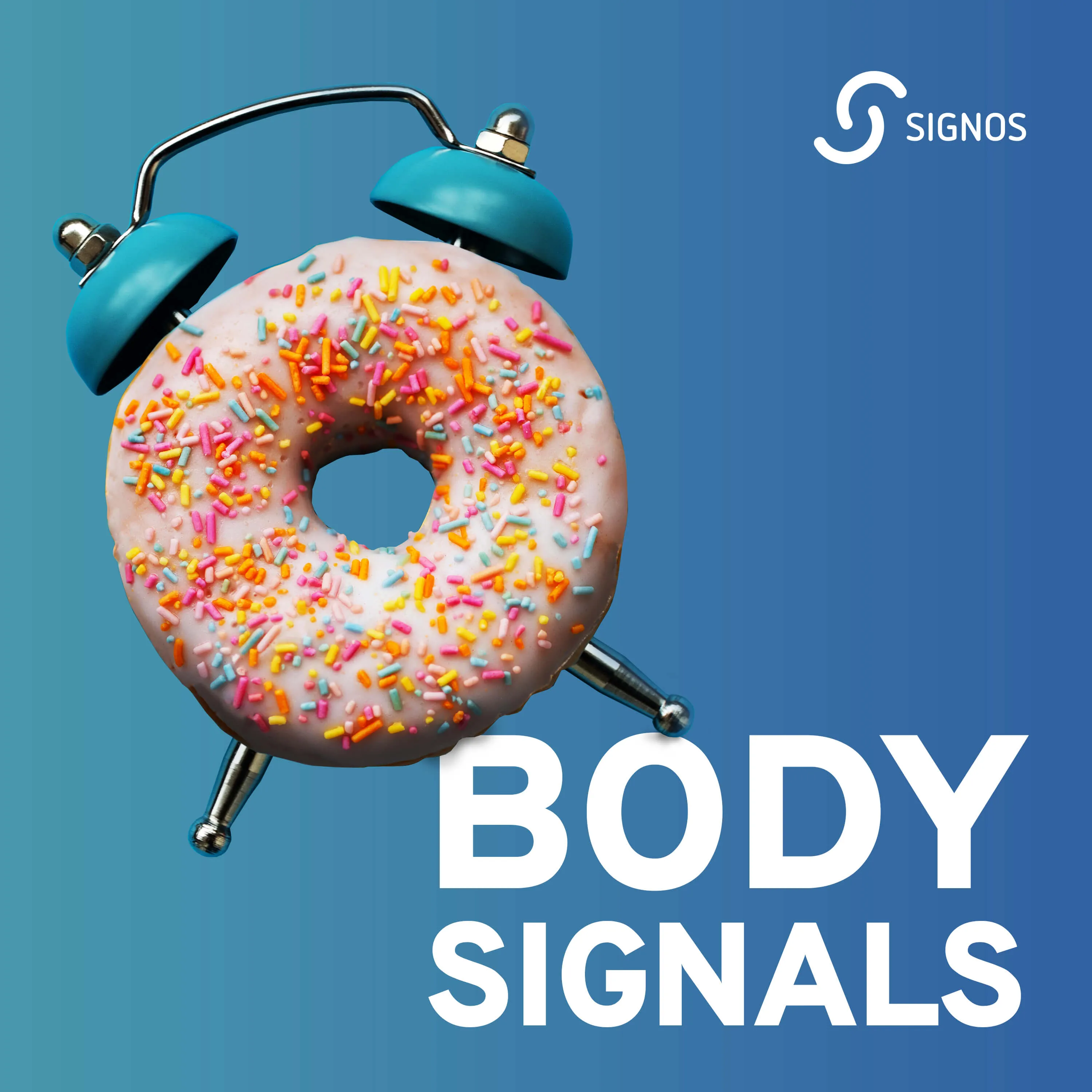Key Takeaways
- Summer marketing often employs buzzwords or health claims that make a product appear more nutritious than it actually is.
- Reading labels and checking for hidden sugars in summer products can help you make informed choices.
- Choose minimally processed options, such as whole fruits and unsweetened drinks, to help keep blood glucose levels steady and enjoy a healthy, refreshing summer.
{{mid-cta}}
Summer is full of products that claim to help you stay cool and hydrated, from electrolyte drinks to superfood-packed snacks. However, some of these options contain hidden sugars or unnecessary additives that can counteract your health goals.
Before you stock your fridge or beach bag, it's worth knowing which labels you can trust and which ones deserve a second look. Here's how to spot the smart choices.
The Psychology Behind “Healthy” Summer Claims
Have you noticed how certain words on labels seem designed to make you feel better about grabbing something off the shelf? Phrases like “superfruit,” “electrolyte-infused,” or “made with natural flavors” sound great, but they’re often just summer beverage marketing tricks. Unfortunately, many of these claims create what healthcare experts call a “health halo,” an effect where we perceive a product as much healthier than it actually is. You can find these descriptions in sports drinks, smoothies, or even alcoholic beverages.
For example, the Starbucks Strawberry Açaí Refresher, examined by researchers at the Center for Science in the Public Interest (CSPI), appears to be a healthy summer cool-down, but the truth is that this sugar-sweetened beverage contains no açaí and only a small amount of freeze-dried strawberry. Instead, the flavor comes from concentrated juices and additives, plus a generous serving of sugar.
The CSPI also looked at Gatorade’s “electrolyte-infused” water. It’s marketed as a high-performance hydration boost, but the sodium levels are too low to have a significant impact for those who need electrolyte replacement.1 It’s not harmful—just not as functional as it sounds. These labels work because we want an easy, low-effort way to make good choices.
Superfruit & Fruit Imagery: Sugar in Disguise

Superfruits are also advertised for their health-boosting properties. Açai berries, for example, are rich in antioxidants, and pomegranates have been studied for their potential heart health benefits. However, studies typically focus on consuming whole, concentrated, or powdered versions of the fruit, rather than the sugar-diluted flavorings or concentrates often found on store shelves.
Many of the so-called superfruit products you’ll find, whether they’re beverages, snacks, or energy bites, use only trace amounts of the real ingredient. They are also often sweetened with added sugars or artificial sweeteners.
Superfruits can absolutely be part of your diet, and if you enjoy the occasional açai bowl or superfruit-infused iced tea, there’s zero shame in that. The key is to be mindful of what you’re getting and not getting. Are you looking for a nutritionally dense food or just a treat? If it’s the former, aim for the whole fruit itself, where you’ll know you’re getting the dietary fiber, nutrients, and antioxidants. But if you’re treating yourself to something more indulgent, own it and enjoy it.
“Electrolyte Water” & “Hydration” Buzzwords

Electrolytes, such as sodium, potassium, and magnesium, help maintain fluid balance and support muscle function. The body maintains these minerals in balance, but excessive sweating or illness can disrupt this balance. The average person typically doesn’t need additional electrolytes unless they’re participating in intense exercise, working in extreme heat, or experiencing dehydration due to illness.
The branding for these products promises hydration and performance, but a closer look may reveal levels that are either too low for athletic performance or too high for the average exerciser. Additionally, some of these products contain sweeteners or artificial flavors, making them closer to a soft drink than the label suggests.
Your body does an excellent job of maintaining electrolytes through a balanced diet and adequate hydration. Unless you’re engaging in strenuous physical activity or experiencing heavy sweat loss, you don’t need to turn to electrolyte-enhanced drinks to fill the gap.
“Low-Fat” or “Low-Sodium” = More Sugar
“Low fat” and “low sodium can be a healthy choice, but when food manufacturers remove fat or sodium, they may replace it with sugar to keep the flavor exciting.
A study using data from the USDA’s National Nutrient Database examined the sugar content of fat-free, low-fat, and regular versions of various foods. Across the board, low-fat and non-fat items consistently contained more sugar than their regular counterparts.
Salad dressings are an excellent example of this type of ingredient exchange. The low-fat version of a Caesar dressing may be sacrificing its rich, creamy texture for added sugar. The same goes for soups marketed as low-sodium. To prevent them from tasting bland, manufacturers often turn to sugar or other additives.
Some of these options can be genuinely better for you, especially if you’re managing blood pressure or sodium sensitivity. The key is to read labels and know what you’re getting.
“Guilt-Free” and Moralized Food Language

When a product is marketed as “guilt-free,” it sets a trap. By implying that certain foods are better or cleaner, these labels also suggest that others are inherently “bad.” The result is an unnecessary cycle of morality tied to food choices, where selecting a cookie becomes not just about taste or preference, but a referendum on self-worth.
Food is neither good nor bad. A brownie is not wicked, just as a kale salad is not angelic. Each has a place in a balanced diet depending on what you need or enjoy at a given moment. Labeling foods with moralized language feeds into the narrative of diet culture—a culture that thrives on making you second-guess and overthink every bite.
Plus, many of these so-called “guilt-free” foods are not all they claim to be. They might still contain sugars, sugar alcohols, or other processed ingredients that add sweetness or texture without being inherently healthier. The label, then, isn’t so much a nutritional benefit as it is a psychological gimmick designed to sell more products.
Vitamin & Immunity Fortified Drinks

Drinks boasting vitamin C or immunity benefits may sound like a great way to nourish your family, but many of these products are little more than sugary beverages with a dash of nutrients thrown in. The vitamins may technically be there, but their presence often masks the fact that you may be purchasing expensive sugar water.
When drinks use terms like “vitamin-infused” or “loaded with antioxidants,” it’s easy to assume they’re healthy options. Parents might feel they’re making a responsible choice by opting for these juices over other sugary treats.
But kids don’t need sugary or energy drinks to get key vitamins. Vitamin C, for instance, is found in a wide range of foods, including fruits like oranges, strawberries, and bell peppers. That same boost for their immune system can come from fruits and vegetables without the sugar spike.
How These Tricks Spike Glucose
When you consume products high in added sugars or simple carbohydrates, your body digests them quickly. This rapid digestion floods your bloodstream with glucose, causing a significant spike. Your pancreas responds by releasing insulin to shuttle that glucose into your cells for energy or storage.
Often, significant blood glucose spikes are followed by a crash, leading to exhaustion, brain fog, and mid-afternoon sweet-tooth cravings. Over time, if the body can’t manage these spikes, as seen with insulin resistance, it can lead to increased hunger, body weight gain, and a higher risk for metabolic health conditions like prediabetes, heart disease, and type 2 diabetes.
You don’t need to give up summery drinks or fun treats entirely. You just need to choose ones that work for your body, rather than against it.
How to Decode Deceptive Labels
With clever marketing tactics, it’s easy to feel duped into thinking a product is healthier than it is. Here’s how to decode the most common label deceptions.
- Watch Ingredient Order: In addition to checking for the total grams of sugar, you can also check the ingredient order. Ingredients are listed by weight, so if sugar (cane sugar, honey, or “fruit juice concentrate, for example) is near the top, the product likely contains a lot. Multiple sweeteners, sold under different names, are also a red flag.
- Verify Claims: Buzzwords like “made with superfoods” or “all natural” sound great, but they’re often vague and unregulated. Check the ingredient list to see if it contains any real fruits or vegetables and verify if the claim is accurate.
- Ignore the Pictures: Beautiful images of fruit on the label don’t always mean there is real fruit inside. Check if actual fruits appear high on the ingredients list. If it’s just “flavors” or concentrates, the fruit is more marketing than substance.
- Avoid Moralized Words: Products labeled as “guilt-free” or “sinless” may give the impression they’re better choices. But these terms don’t mean it’s inherently good for you. You shouldn’t feel “guilty” or “sinful” about what you eat.
Smarter Summer Swaps

These simple alternatives can help keep your glucose levels steady while still feeling refreshing and tasty:
- Flavored Sparkling Water: Opt for flavored sparkling water instead of high-sugar sodas or drinks. They’re fizzy, low-sugar, and often come with natural hints of fruit without the extra carbs.
- Fresh Fruit-Infused Water: You can make your own refreshing drink by adding slices of lemon, cucumber, or berries to plain water. It’s naturally sugar-free and full of flavor. You can also do this with plain seltzer water.
- Plain Coconut Water: Opt for plain, unsweetened coconut water. It delivers natural electrolytes without the sugar overload found in most flavored versions.
- Herbal or Green Tea: Unsweetened iced tea offers an antioxidant-rich alternative to sugary drinks. Try mint, hibiscus, or green tea varieties for flavor without added sugar. If you want a little sweetener, try stevia or monk fruit as natural options.
- Whole Fruits and Veggies: Skip juice blends that remove all the fiber. Choose whole fruits and vegetables that keep you full and energized.
The Bottom Line
Summer marketing can disguise sugary products with labels that sound healthy, but negatively impact your glucose levels. A bit of label-reading and a focus on real, minimally processed ingredients can help you avoid the gimmicks and make healthy eating choices. Mindful selections let you enjoy refreshing treats without the hidden sugar spikes.
Learn More With Signos’ Expert Advice
Taking charge of your metabolic health starts with understanding what best supports your body. Discover how Signos can help you build healthier habits with insights and strategies tailored to your needs. Explore the science behind glucose and its role in overall wellness on the Signos blog.
Topics discussed in this article:
References
- Moyer, L. M. (2024, July 18). 9 misleading ploys that companies use to sell processed food. Center for Science in the Public Interest. Retrieved from https://www.cspi.org/article/9-misleading-ploys-companies-use-sell-processed-food advocacy.consumerreports.org+14cspi.org+14cspi.org+14
- Chang, S. K., Alasalvar, C., & Shahidi, F. (2019). Superfruits: Phytochemicals, antioxidant efficacies, and health effects - A comprehensive review. Critical reviews in food science and nutrition, 59(10), 1580–1604. https://doi.org/10.1080/10408398.2017.1422111
- Shrimanker, I., & Bhattarai, S. (2023). Electrolytes. In StatPearls. StatPearls Publishing.
- Nguyen, P. K., Lin, S., & Heidenreich, P. (2016). A systematic comparison of sugar content in low-fat vs regular versions of food. Nutrition & diabetes, 6(1), e193. https://doi.org/10.1038/nutd.2015.43




.svg)






.webp)



.svg)
.svg)
.svg)
.svg)
.svg)
.svg)
.svg)
